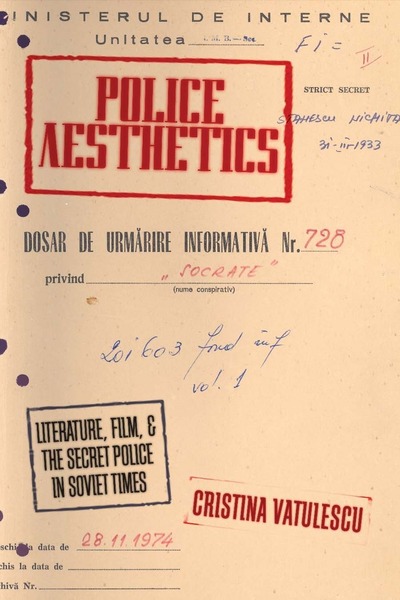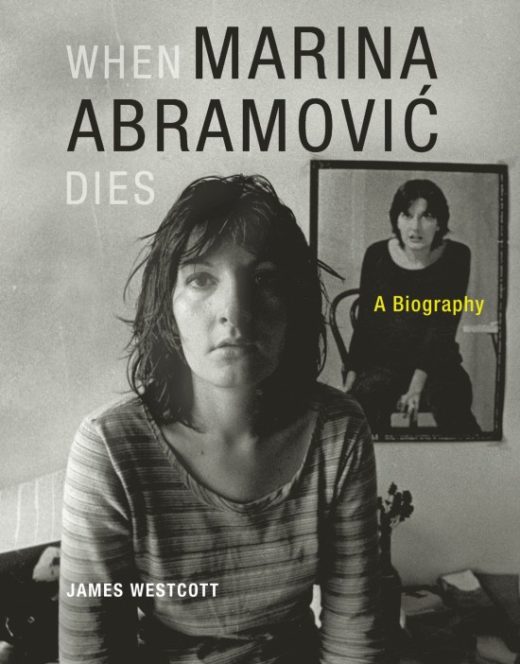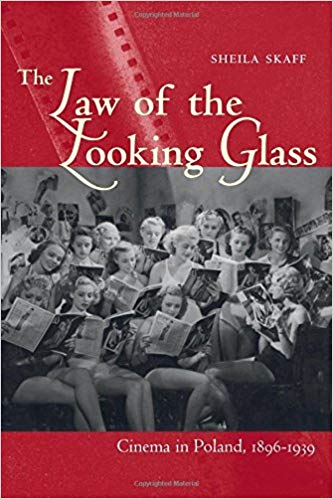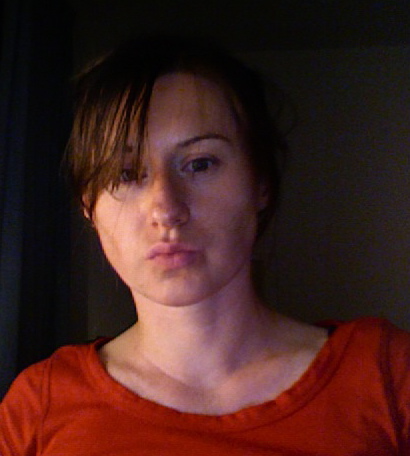György Galántai and Júlia Klaniczay, eds., “Artpool: The Experimental Art Archive of East-Central Europe” (Book Review)
ARTPOOL THE EXPERIMENTAL ART ARCHIVE OF EAST-CENTRAL EUROPE, GYÖRGY GALÁNTAI AND JÚLIA KLANICZAY, EDS., BUDAPEST: ARTPOOL, 2013, 536 PP.(The PDF version of the publication can be downloaded free from: http://www.artpool.hu/2013/Artpool_book_en.html.)
The importance of this long overdue autobiographical volume by Artpool, the Budapest “Experimental Art Archive of East-Central Europe” is hard to overestimate. Archivists György Galántai and Júlia Klaniczay, who double as the book’s authors and editors, account for both a Hungarian and widely international presence in and around Artpool’s orbit. Art historian Kristine Stiles strikes a personal and professional chord in her pithy and … Read more










